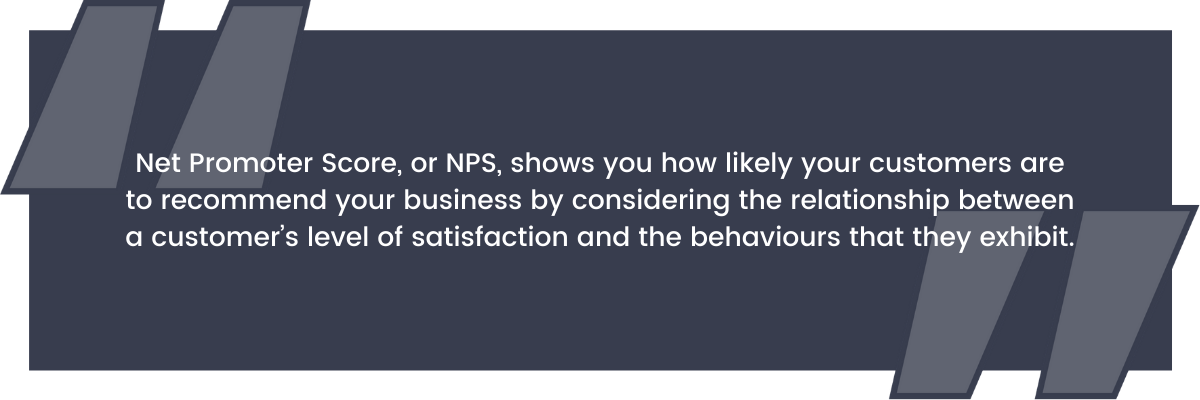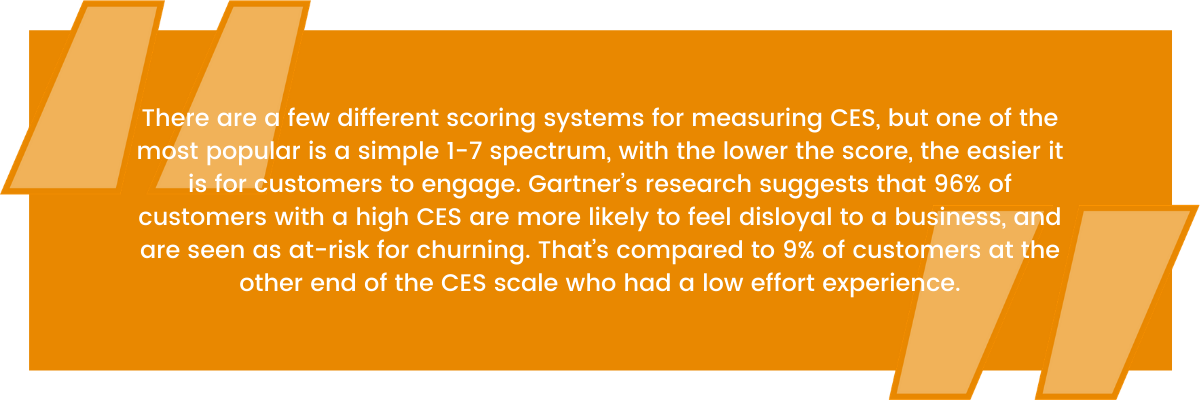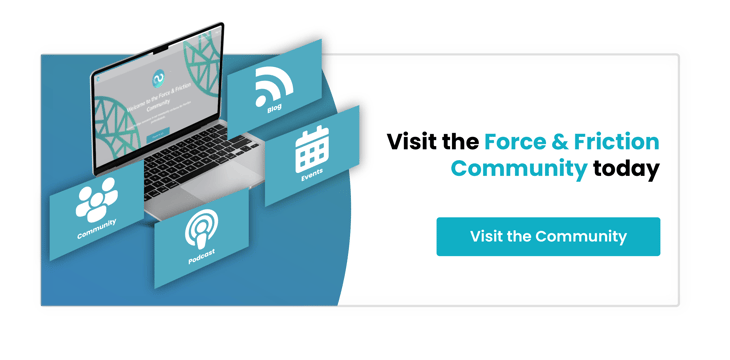
Understanding Customer Satisfaction: The 3 Key Customer Listening Posts You Need to Measure
Understanding customer satisfaction - what makes customers feel positive about their experience, and what could cause them to turn to a competitor - is the ultimate key to driving customer success and that is the key to business success. After all, if you don’t know what makes your customers happy, it becomes incredibly challenging - or even impossible - to design a strategy that meets their needs. Without understanding customer satisfaction, it’s all guesswork.
However, gaining this understanding isn’t always easy. Especially as there are a number of different ways in which customers can leave clues to their level of satisfaction. The secret is knowing where to look for these clues. Below, we take a look at the three key listening posts where you can measure, track, and monitor sentiment and satisfaction:
1. Net Promoter Score

It’s a useful listening post because it essentially ticks two distinct boxes: it highlights those customers who may be good candidates for customer advocacy, and also shines a light on those who may be a greater risk of churning.
However, there’s no such thing as a universally ‘good’ NPS. According to Forrester, while a good NPS for online retailers is around 30, banks and hotels tend to top out at around 20, while even negative scores are considered good for insurance firms. So it’s important to understand average scores across your industry when tracking your NPS. Deloitte recommends tracking your NPS at six or 12 month periods for best results.

2. Customer Effort Score
Customer Effort Score, or CES, assesses the level of satisfaction a customer has in relation to the service they received from a brand. It’s called an ‘effort’ score because the results are determined by how simple - or how challenging - it is for customers to engage with the business across the customer journey. It’s useful for predicting behaviours and, according to Gartner, effort is the ‘strongest driver to customer loyalty’.

3. Customer Satisfaction Score
Customer Satisfaction Score, or CSAT, outlines how customer satisfaction levels change throughout the customer journey. By showing customer satisfaction at a particular moment in the journey, it becomes easier for businesses to identify stages where customers may feel frustrated or blocked from moving forward. KPMG suggests that customers in Europe have some of the highest CSAT scores in the world; 9.5 on average.
If your CSAT score isn’t as high as you were hoping, there are a number of ways to boost the figure. Gartner has found that proactive customer service can boost CSAT scores by a full point, while KPMG has identified several common traits amongst businesses whose customers have top scores, such as online chat functionality, and the ability to complete an online order using fewer than nine clicks and five webpages.

Which Listening Post is Best?
With three different options on the table, it’s important to understand which listening post will bring the most value to your organisation so that you can ensure you’re picking up clues in the right places, no matter where that customer might sit on your customer journey map. However, the truth is that it doesn’t appear to make too much difference if you choose NPS, CES, or CSAT to measure customer satisfaction.
“Our research shows that whether a company is using a net promoter score, customer satisfaction score, customer effort score, or another popular metric of the day, it matters less which score customer experience managers choose than what they do with it”. That’s according to McKinsey, who believes that the secret to customer satisfaction isn’t just measuring it, but actually transforming this data into value.
The Importance of Customer Satisfaction
Understanding customer satisfaction is vital. However you choose to measure it, gaining insight into how your customers feel about your business is an essential part of growth and development. By knowing what works - and what doesn’t - businesses can prioritise those organisational changes that are most likely to have the greatest impact, and create an action plan that’s built directly around the needs of the business customers. It could be that something simple such as refreshing your sales handoff template is all that’s needed to boost customer satisfaction rates. This data is a goldmine of potential – as long as you act on it.







%20-%20Teal.png?width=500&height=130&name=Force%20%26%20Friction%20-%20Branding%20-%20Logo%20(White)%20-%20Teal.png)